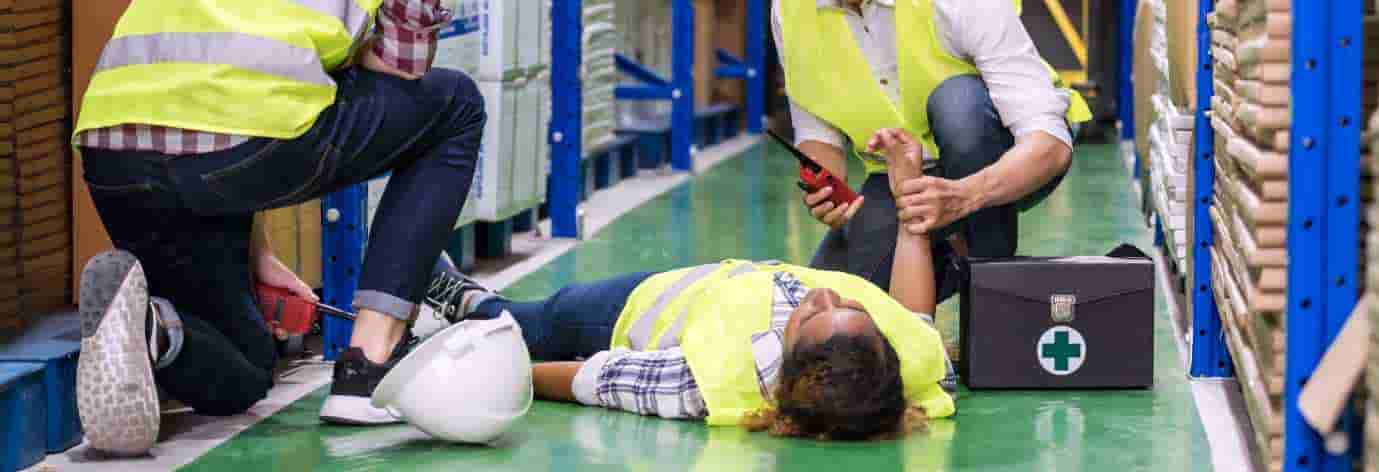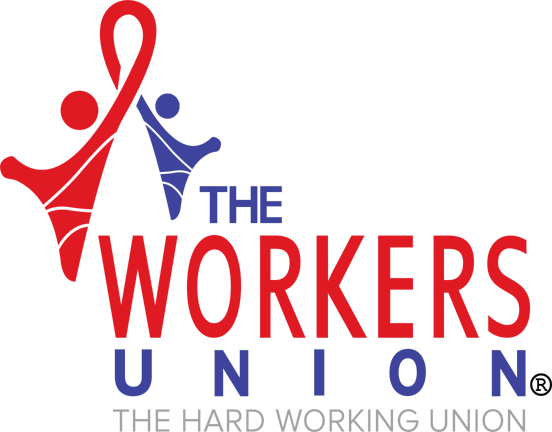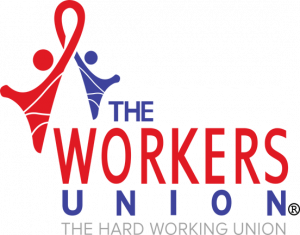First Aid Requirements At Work
Workplace safety is paramount, and first aid at work is an essential component of ensuring this safety. First aid at work encompasses practices aimed at providing immediate and temporary care to employees who become ill or injured during work hours, before professional medical help is available.
First Aid At Work Training
First aid at work training is crucial to equip employees with the necessary knowledge and skills to handle emergencies. This training covers various areas, including how to respond to specific situations like choking, burns, cuts, and fractures. It also involves teaching employees how to use first aid kits effectively, along with CPR and automated external defibrillator (AED) training.

First Aid In The Workplace
The concept of first aid in the workplace extends beyond just having a first aid kit. It involves creating a culture of safety where employees know how to react in an emergency. This includes recognizing an emergency, knowing the location of first aid kits, understanding the procedure for calling for professional medical help, and maintaining composure to deliver the necessary care.
What Should Be In A First Aid Kit At Work
The contents of a first aid kit at work should be suited to address the types of injuries that might occur in the specific workplace environment. Generally, a workplace first aid kit should include the following:
- Bandages and dressings for wound care
- Tweezers and scissors for removal of foreign objects
- Resuscitation face mask for CPR
- Antiseptic wipes for cleaning wounds
- Disposable gloves for infection control
- Emergency blanket for shock management
- First aid manual for reference
These kits should be kept in an easily accessible location and regularly checked and replenished as necessary.
Emergency First Aid At Work
Emergency first aid at work refers to immediate actions taken in the event of a serious incident, such as cardiac arrest, stroke, severe bleeding, or unconsciousness. This might involve administering CPR, using an AED, or applying pressure to a severe wound. Trained staff can be the difference between life and death in these critical situations.
Workplace First Aid
Workplace first aid, in its entirety, includes preventive measures, first aid training for employees, appropriately stocked first aid kits, and proper emergency response procedures. It’s about creating a comprehensive safety net that protects employees and ensures they are cared for promptly and effectively in case of any mishap.
The Workers Union is committed to ensuring workplace safety, and we encourage all workplaces to prioritize first aid training and resources.
Frequently Asked Questions
Under the Health and Safety (First-Aid) Regulations 1981, employers are required to provide adequate and appropriate first-aid equipment, facilities, and trained personnel to ensure that employees receive immediate attention if they are injured or fall ill at work.
The number of first aiders required depends on the size of the workforce and the nature of the work being performed. A risk assessment will usually determine the need. Smaller, low-risk workplaces may require only a basic first-aid kit and a designated person to take charge of first-aid arrangements, while larger or higher-risk workplaces may need multiple fully trained first aiders.
Yes, it’s essential for first aiders to receive formal training from a competent provider to ensure they have the skills and confidence to handle a range of emergency situations. Courses should be compliant with the guidelines set out by the Health and Safety Executive (HSE).
First aid certificates are generally valid for three years. However, it is recommended that first aiders take annual refresher courses to keep their skills and knowledge up to date.



